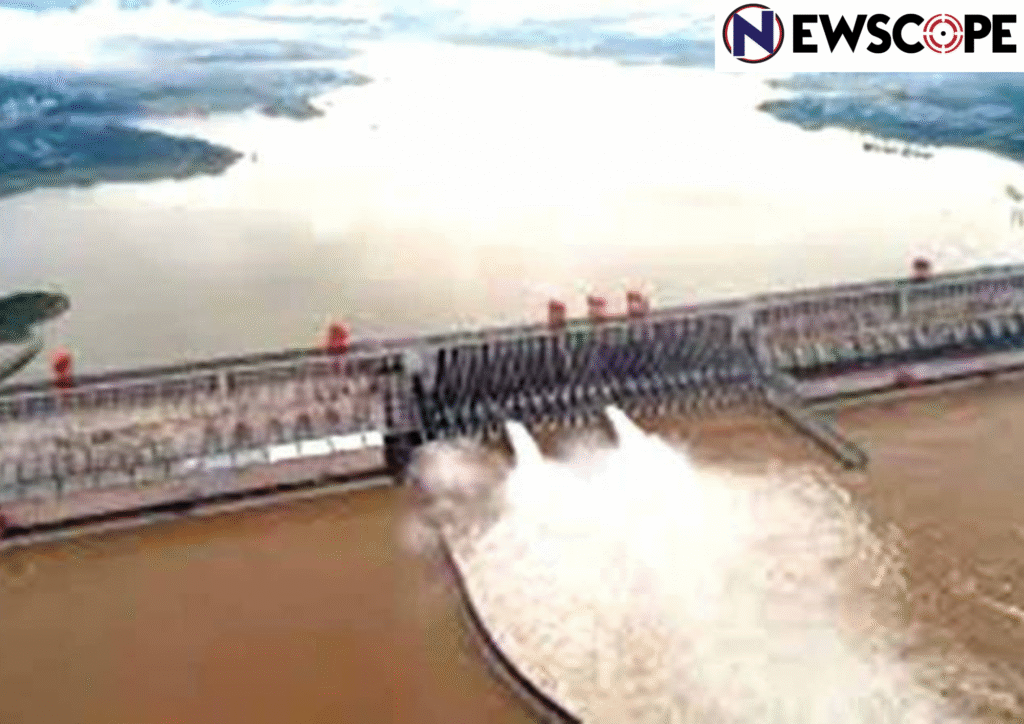A mega-dam is being built by China on a river through Tibet and India, with Premier Li Qiang attending the commencement ceremony. However, this mega-dam can have a potential impact on millions of people in India and Bangladesh.
Beijing approved this project last December on the river Yarlung Tsangpo in Tibet and Brahmaputra in India. This river links the country’s carbon neutrality targets and economic goals in the Tibet region.
Chinese Premier Li Qiang announced the start of the project during a groundbreaking ceremony held in Nyingchi City, located in the lower reaches of the river, which is locally known as the Yarlung Zangbo
“The electricity generated will be primarily transmitted to other regions for consumption, while also meeting local power needs in Tibet,” state news agency Xinhua reported after the groundbreaking ceremony in southeastern Tibet’s Nyingchi.
If this mega-dam once gets built, then it can bring serious life threats to millions of people downstream India and Bangladesh which can eventually dwarf down the record-breaking Three Gorges Dam on the Yangtze River in central China.
This project is estimated to be around USD 167.8 billion with the construction cost of five hydropower stations which is 1.2 trillion yuan (approximately USD 167.8 billion). This project is hailed as the largest infrastructure development of its kind globally.
Once finished, this project is estimated to generate more than 300 billion kilowatt-hours of electricity annually, which is enough to power over 300 million people. Though this dam is constructed at a major gorge in the Himalayas where the Brahmaputra makes a dramatic U-turn before flowing into Arunachal Pradesh and eventually into Bangladesh.
Due to the sensitivity of the location, because of the proximity of India-China border, along with its placement along an active tectonic boundary known for seismic activity.
In January, India raised concerns with China about this project and said to take necessary measures to protect interest. In return, China “has been urged to ensure that the interests of the downstream states of the Brahmaputra are not harmed by activities in upstream areas”, India’s foreign ministry said then.
Though China has already agreed to ensure the safety of the downstream states of Brahmaputra are not at stake because of the upstream activities. In December, Beijing’s foreign ministry cited that this project would not have any “negative impact” downstream and also they’ll continue to communicate with those states. Also the environmentalist said this mega-dam may bring various ecological impacts on the sensitive areas of Tibetan plateau
